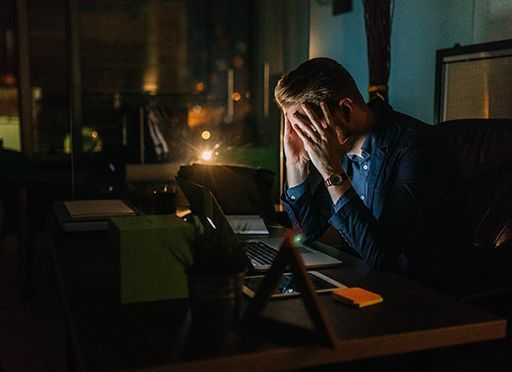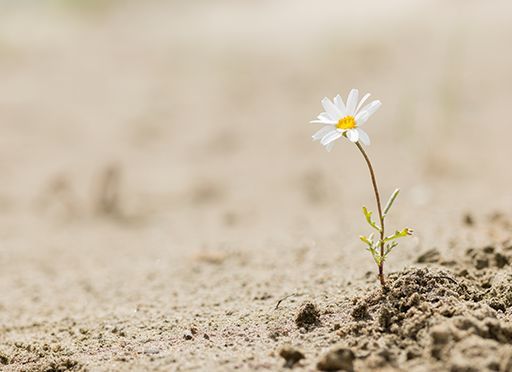Your Creative Recovery
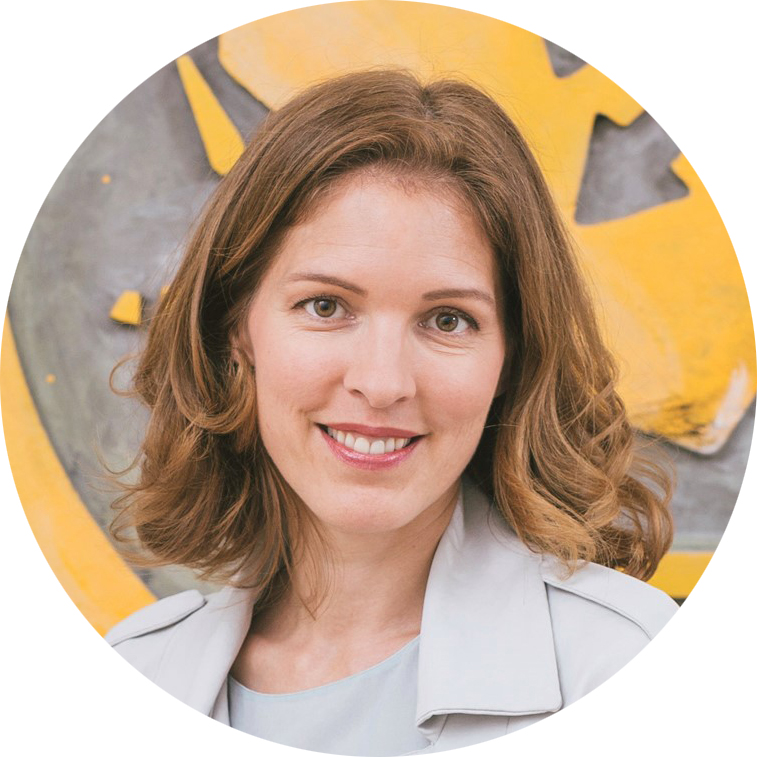
The McKinsey Global Innovation Survey recently showed that 84% of executives consider their business models at risk and that innovation is crucial for their survival. But only 6% of them are satisfied with their actual transformation strategy. For the public sector as well, change is essential – whether it is to adapt the education system, digitalize public services, or to change the culture of a police department and fight racism.
Unfortunately, we all struggle with innovation. This could be due to our own mind-set, or the corporate culture we live and work in. We struggle because we think that we are not creative, and our surroundings make us nervous about taking risks. But there is no innovation without creativity, and neither exists without taking risks in the first place.
Don’t care what others think!
Fear is natural. How we deal with it determines whether we see it as a useful survival tool or whether it prevents us from living a meaningful life. Do you remember that as a kid you weren’t afraid, and the sky was the limit? You were very creative once. Kids want to fly to the moon or invent a new drug to cure all diseases. When did we start suppressing our dreams and begin shooting for average?
It all starts when we are around 10 years old. That is the time we usually begin to care about what others think. Some of us get even their lid shut by an indelicate art professor telling us that our drawing is not “the way it should be.”
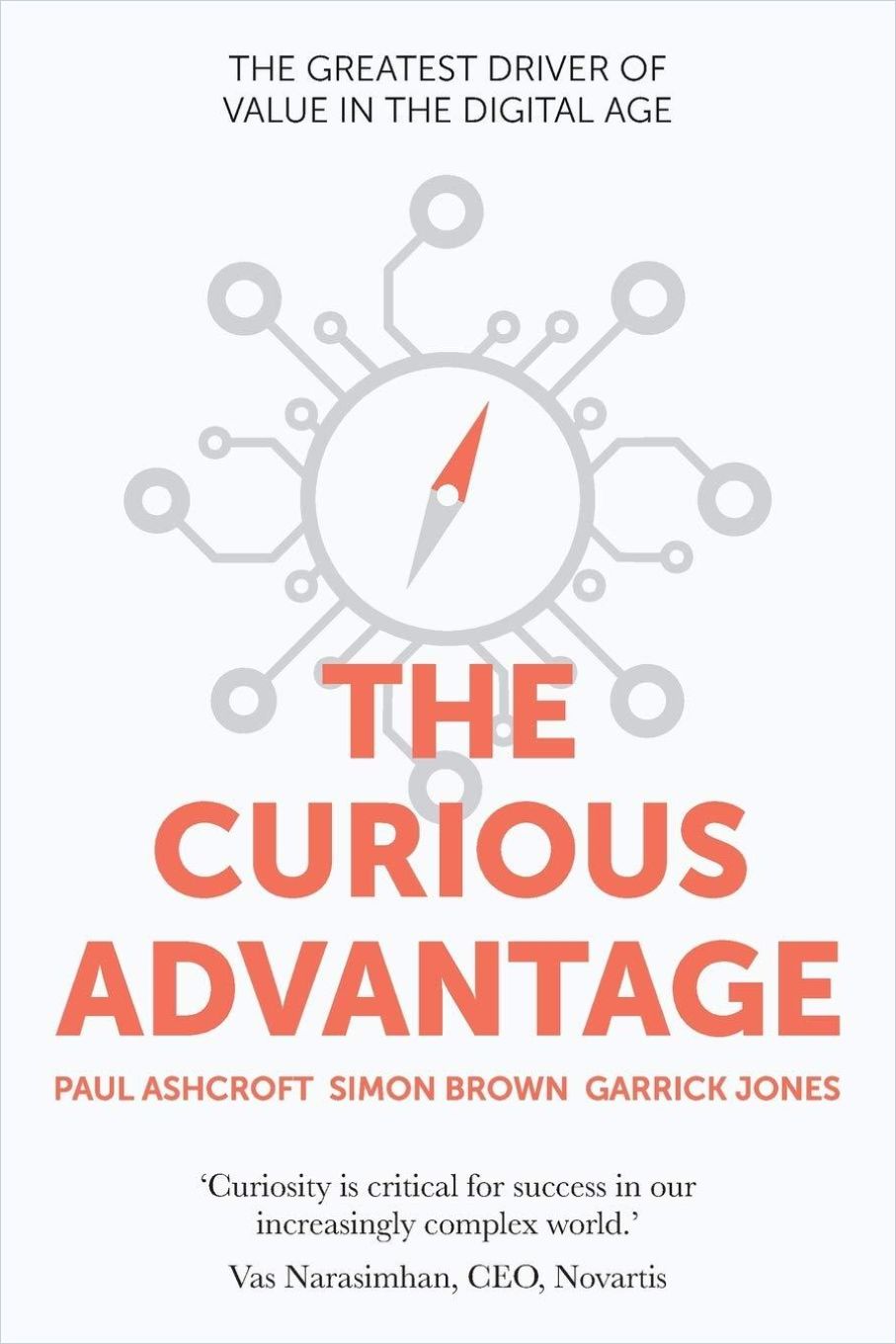
We start avoiding exposing our creations, and our very own, personal saboteur is born. You know, that nasty little voice in your head saying, “Your speech will be a disaster! Why did you decide to write a column in the first place? No one is interested in your thoughts anyway!”
Sounds familiar? Most of us, as grown-ups, have such a little gremlin sitting on our shoulder. Well, it’s not only a nasty companion for a short time. Unfortunately, that saboteur is very loyal and wants to stay with us for life. So, how can we keep that monster, that deadly enemy of innovation, at bay?
Next Stop: Resilience
The first step of a creative recovery is resilience. Resilience is the ability to recover effectively and quickly from difficulties. It is not easy to keep up with change in our complex and fast-paced world today. How can we increase the natural capacity to recover after a stressful event or trauma?
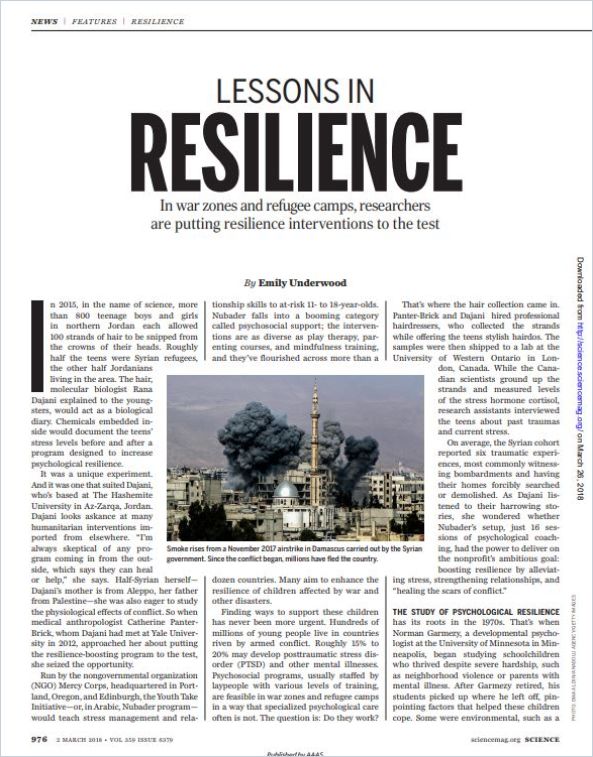
It is so simple that it might sound silly: The first and probably most crucial step is to choose recovery. If you are not fully committed, if you don’t crave change and are willing to invest in your creativity, likely, the process won’t succeed.
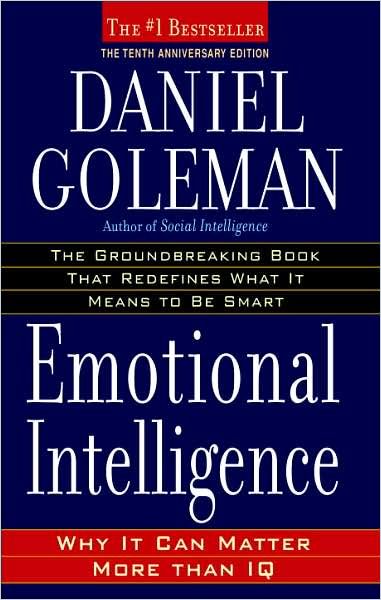
Ten years ago, I was afraid of public speaking. Not easy when you are in politics, and speaking in front of a crowd is the most significant part of your job!
Anja Wyden Guelpa
Of course, I did some work with a public speaking expert during a day, but the first step was to decide that I wanted to change, that I was old enough to stop thinking that I had nothing to say, that I could let the fear go, that the saboteur in my head wasn’t right, and that I was enough. My goal was not just to become better at public speaking, but to actually enjoy public speaking.
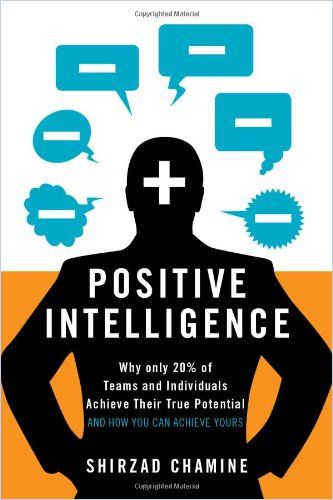
If innovation is your goal and you want to be more creative, stop fighting your creative urges just because you are afraid and perfectionist! No more self-bashing or fishing for compliments by telling everyone how incompetent and flawed you are. Denigrating our creative abilities is a way of asking others to heal our insecurities and injuries. Not the best way.
Resilience starts with a clear decision: making creative recovery a priority. So, take a piece of paper and a pen and ask yourself: What would I do if I weren’t afraid? What would I dare to do if it didn’t need to be perfect?
Celebrate Failure!
Recovering a sense of safety goes along with accepting failure, accepting that it is better to have a flawed draft to start with, than being tetanized stuck in front of a white piece of paper, full of painful doubts.
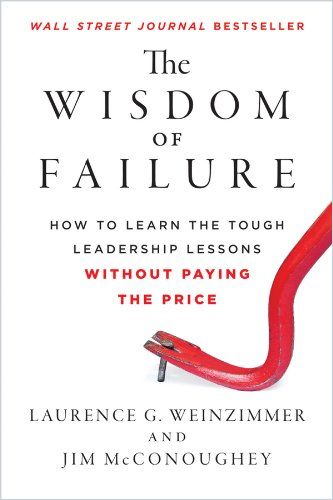
Thinking about creativity might also bring to mind some strange images from alcoholic or unstable creative geniuses in the popular imagination. But:
Being creative doesn’t mean to be unstable, it’s rather the opposite.
Anja Wyden Guelpa
In our complex and unstable world, creative people are better off as they are able to adapt quicker and better to change.
Often, creative people end up in related profession. That is the case with Elisabeth, a 42-year-old judge. Her passion is the written word. Since she was a child she read relentlessly and wanted to write books. She even wrote a novel when she was a teenager. But she didn’t dare to show it to someone or to follow her calling. She doesn’t even have a copy of that novel anymore. As words are her thing she became a brilliant lawyer and judge, being extremely powerful with the written word or during her pleas in court. I’m sure that one day not so far, she will write her book in a lonely white cottage with red shutters on a cliff beside the Atlantic ocean in Scotland!
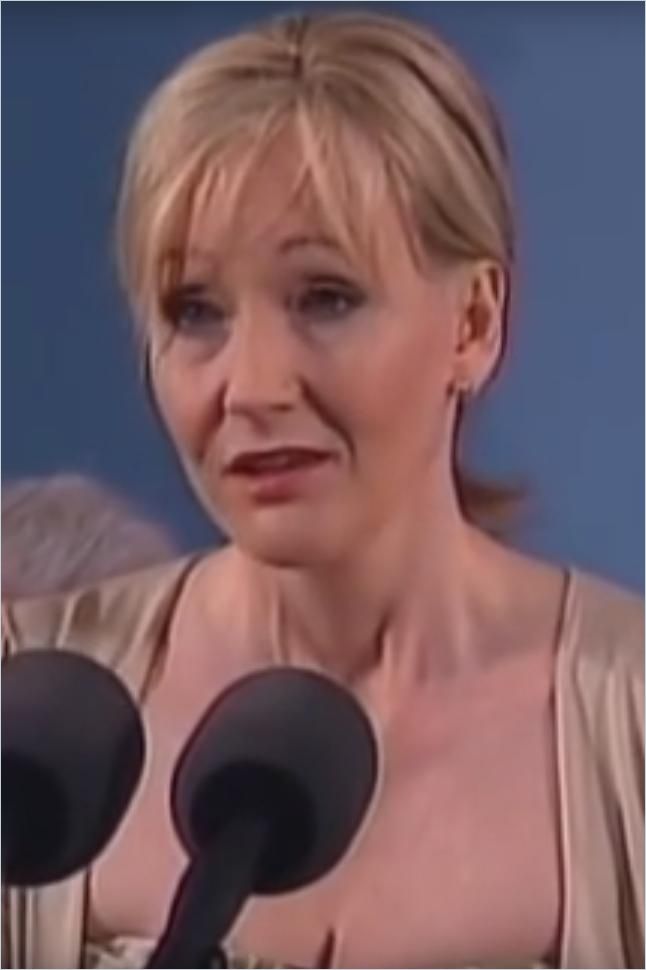
We all know that we should value failure as a learning process, but it’s not always easy to see it the bright way. When we face failure, a simple trick is to remember ourselves that we are still standing. We might just have experienced a huge and embarrassing disaster, but we are still alive. Seeing that with a bit of distance, helps to laugh about it. And even identify the positive aspects of it. Because sometimes huge failures create new ideas, like the way an unfortunate attempt to create a new hyper-strong glue ended up becoming the indispensable not-so-sticky Post-its.
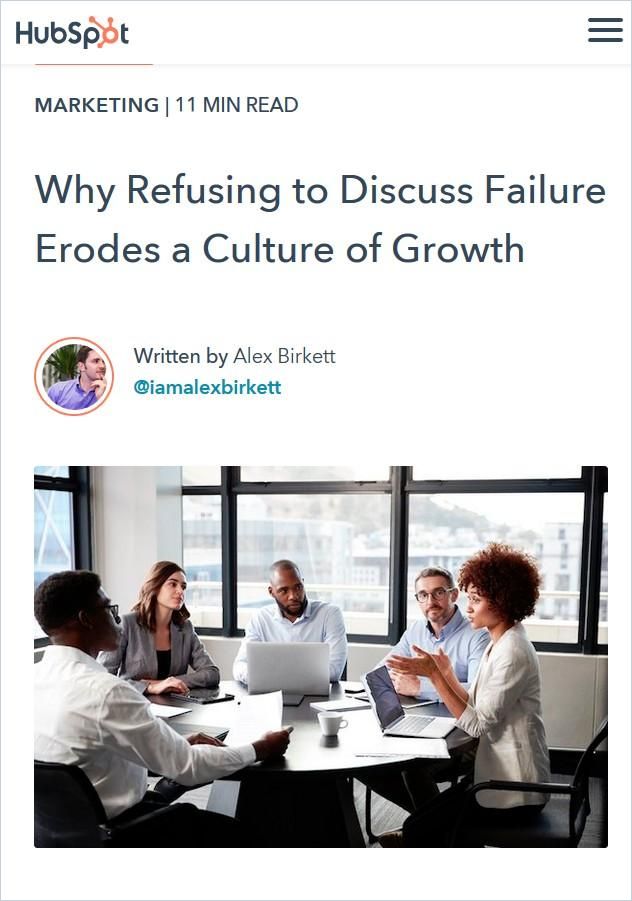
This fear of failing is closely related to our self-definition. Are we only lovable if we are perfect or are we a worthy person who is expressing our creativity?
Build a Support Network
The recovery process is not an easy one. Homeostasis and sometimes also the people around you want you to go back to the old restrained “you,” where you were “domesticated” and followed the wishes of others instead of leading your own creative urges.
A support network and the clear and explicit commitment from yourself to yourself help to stick to the recovery process.
Anja Wyden Guelpa
This can be a small group of loyal friends who are on the same journey toward creativity and innovation or not. It can be a coach who will support you in moving from where you are today to who you want to be to achieve your goals and hold you accountable for the change. Books like The Artist’s Way by Julia Cameron can also help on the journey.
Philippe, one of my coaching clients, wanted me to help him build the courage and confidence to convince his board to turn around their company. He was convinced that they had to immediately and radically change their business model, but his board didn’t see and hear the weak signals yet. Philippe gathered an informal group of people from different industries. Their only common point was that he found them inspiring. Together they worked once a month, not only on their vision of the future but also on their creative confidence. Nurtured by these exchanges, after six months Philippe was able to persuade his board. As well as more confidence, he’d developed more specific arguments. His confidence was necessary for the board to trust him for such a bold move – and ended up being very successful.
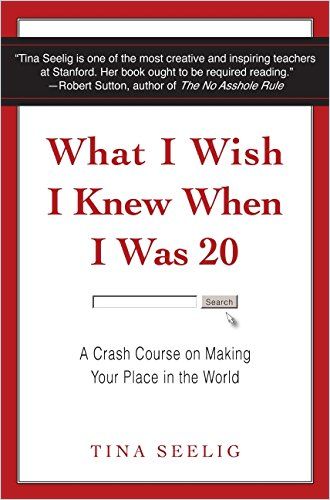
It’s not just that others shut our lid when we were young. Very often, it’s ourselves who judge our creative attempts in a harsh way. We are condemning not only the result of our creation but even the simple fact of trying and taking time for something that we see as futile. But it’s not too late. We can recover our creative confidence by consciously deciding to act differently wherever possible.
In my next column, we will focus on the environment in which we operate – and learn which corporate cultures promote creative confidence and which do not. And, of course, how to redesign the latter so that they no longer waste talent.



